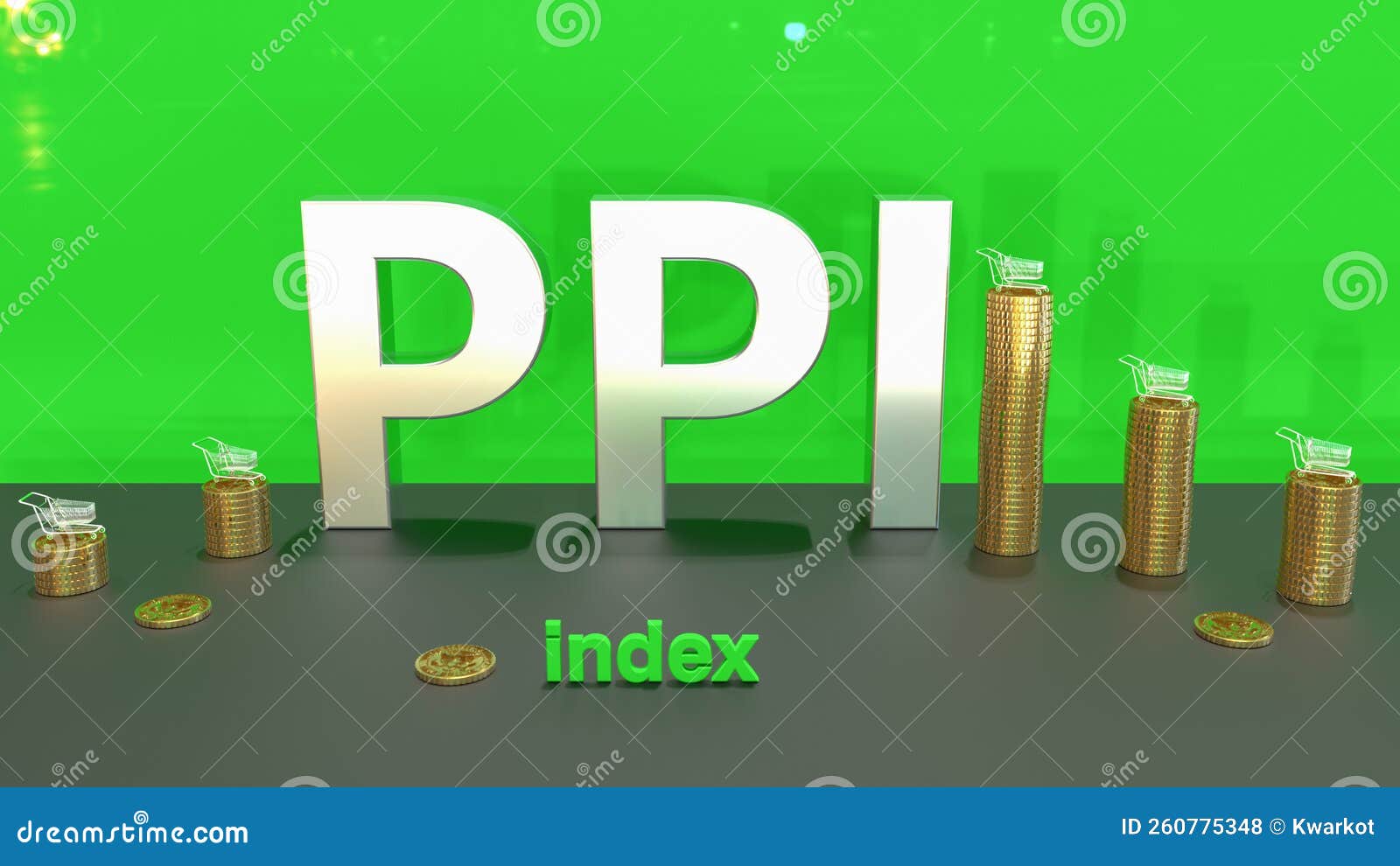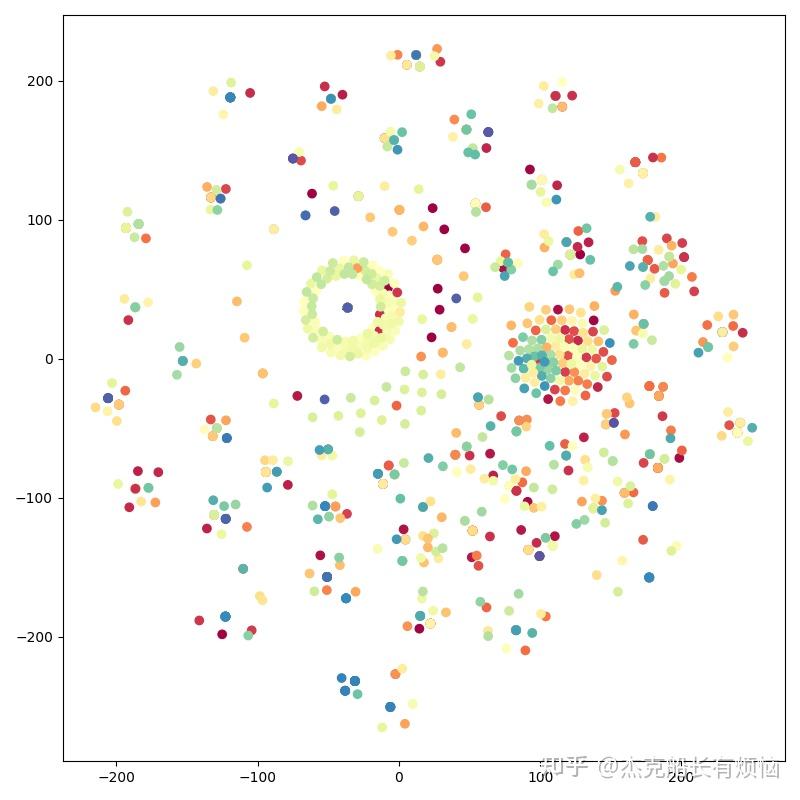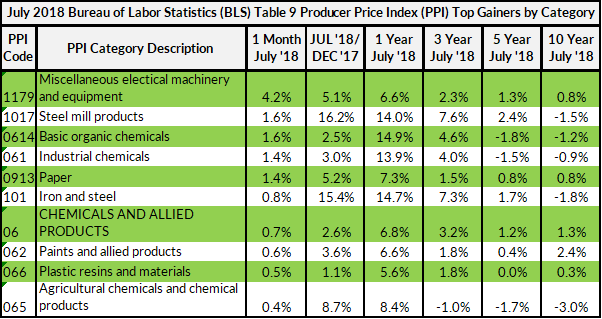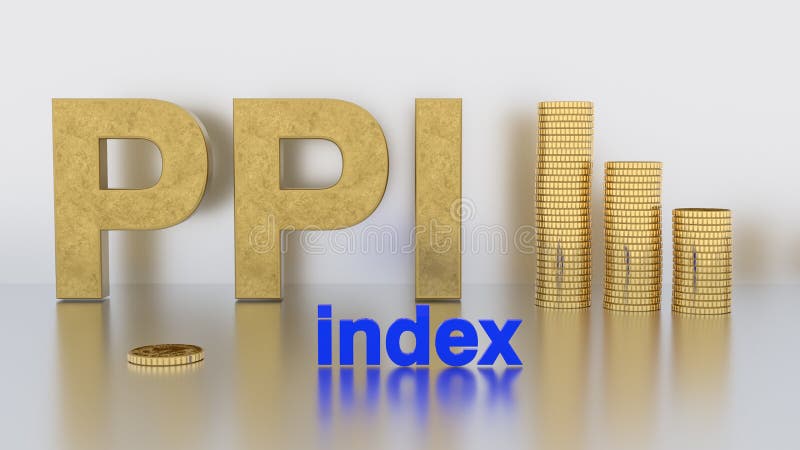
The Producer Price Index (PPI) is a crucial economic indicator that measures the average change in prices of goods and services produced by domestic producers over time. Published by the U.S. Bureau of Labor Statistics (BLS), the PPI is a vital tool for businesses, policymakers, and investors to gauge inflationary pressures, assess the overall health of the economy, and make informed decisions. In this article, we will delve into the world of the Producer Price Index, exploring its significance, calculation, and implications for the U.S. economy.
What is the Producer Price Index?
The Producer Price Index is a family of indexes that measure the average change in prices of goods and services produced by domestic producers. The PPI tracks price changes at the production level, which is the earliest stage of the production process. This index is designed to capture the prices of goods and services before they reach the consumer market, providing an early indication of inflationary pressures.
How is the Producer Price Index Calculated?
The BLS calculates the PPI using a weighted average of prices for a representative sample of goods and services. The prices are collected from a survey of approximately 25,000 businesses, including manufacturers, farmers, and service providers. The weights are based on the relative importance of each product or service in the economy. The PPI is calculated using a Laspeyres index formula, which takes into account the prices of the previous period as the base period.
Types of Producer Price Indexes
The BLS publishes several types of PPI indexes, including:
Final Demand-Intermediate Demand (FD-ID) Indexes: This index measures price changes for goods and services sold to final demand (personal consumption, exports, government, and investment) and intermediate demand (businesses and government).
Commodity Indexes: This index tracks price changes for specific commodities, such as crude oil, natural gas, and agricultural products.
Industry Indexes: This index measures price changes for specific industries, such as manufacturing, mining, and construction.
Importance of the Producer Price Index
The Producer Price Index is a vital indicator of inflationary pressures and economic health. A rising PPI can indicate:
Inflationary pressures: An increase in producer prices can lead to higher consumer prices, as businesses pass on the increased costs to consumers.
Economic growth: A strong PPI can indicate a growing economy, as higher producer prices often reflect increased demand for goods and services.
Monetary policy decisions: The Federal Reserve uses the PPI as one of the indicators to determine monetary policy, including interest rates and money supply.
The Producer Price Index is a critical tool for understanding the U.S. economy and making informed decisions. By tracking price changes at the production level, the PPI provides an early indication of inflationary pressures and economic health. As a key indicator of economic activity, the PPI is closely watched by businesses, policymakers, and investors. Whether you are a business owner, investor, or simply interested in the economy, understanding the Producer Price Index can help you make informed decisions and stay ahead of the curve.
For more information on the Producer Price Index, visit the
U.S. Bureau of Labor Statistics website.









